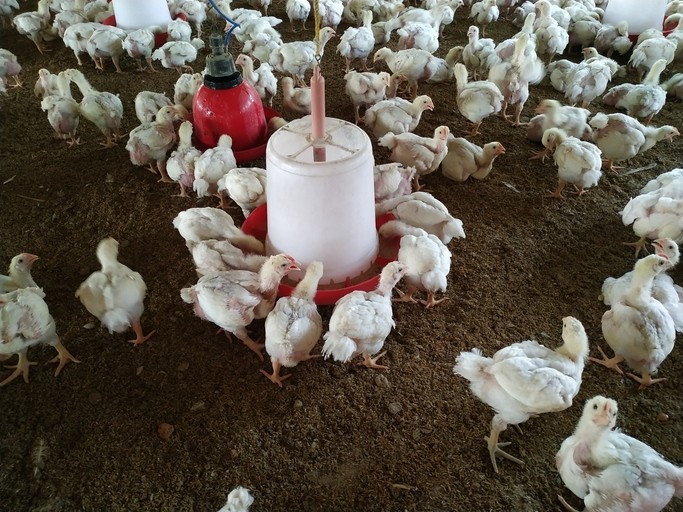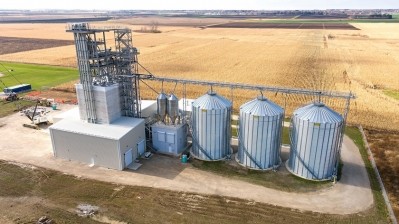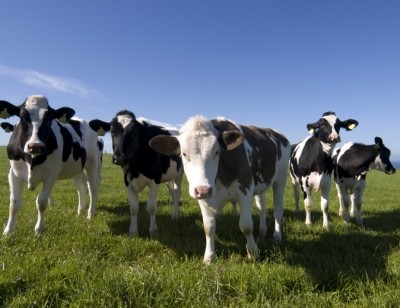Is spray coating probiotics onto broiler feed pellets a winning strategy?

The spray coating of the probiotics would occur during the cooling stage following pelleting, lead researcher, Dr Qixin Zhong, professor, food ingredient science and technology, at the University of Tennessee, told this publication.
Probiotics or direct fed microbials (DFMs) are live microorganisms that have shown many beneficial properties in animals including the ability to improve immunity, intestinal structure and gut barrier function in broilers. These factors can improve digestion and absorption, which ultimately can improve performance results, particularly during exposure to heat stress, according to Larsson et al., 2012.
Thermal inactivation of probiotics is a concern, however, said Zhong.
There is a wide range of conditioning temperature and retention time combinations used in the commercial feed milling. In typical practice, the conditioner temperatures in some feed mills may reach 90 degrees Celsius, with the feed industry tending to move to even higher and harsher feed processing to control feed borne pathogens such as Salmonella. Under these circumstances, the viability of any probiotic, sporulated, encapsulated or not protected, may be compromised.
Though, a study published in 2013, involving researchers from Dupont and the University of Murcia in Spain, found probiotics based on Bacillus strains tolerated high temperatures under typical steam-pelleting conditions used by the poultry feed industry.
Zhong said the team looked to counter any thermal related challenges by incorporating probiotics into chicken diets through spray coating broiler feed pellets with a Lactobacillus salivarius NRRL B-30514 suspension including 10% w/v milk powder and 0, 1, and 5% w/v sucrose, followed by drying at 60 degrees Celsius for 30 minutes.
Findings
The spray coating of the probiotic suspensions with milk powder for up to 30 seconds caused no visual change of BFPs, found Zhong and colleagues.
The coatings had no adverse influence on the physical and mechanical properties of BFPs either, wrote the researchers in a paper published this month in the journal, LWT.
“Coatings slightly increased the diameter but showed no negative influence on the hardness, moisture sorption properties, and surface morphology of BFPs.”
The coated BFPs dried for the optimum 30 minutes had about 5 log colony-forming unit per gram (CFU/g) viable L. salivarius after 30-day storage at room temperature, said the team.
By adding 1% (w/v) sucrose in the coating suspension, the viability of the probiotics was further improved, confirmed the researchers.
Next steps
Zhong said the University of Tennessee team would look to undertake further work in this line of research. “But we need to secure a sponsor.”
Source: LWT
DOI: https://doi.org/10.1016/j.lwt.2020.110419
Title: Spray-coating as a novel strategy to supplement broiler feed pellets with probiotic Lactobacillus salivarius NRRL B-30514
Authors: A Wang, J Lin, Q Zhong













